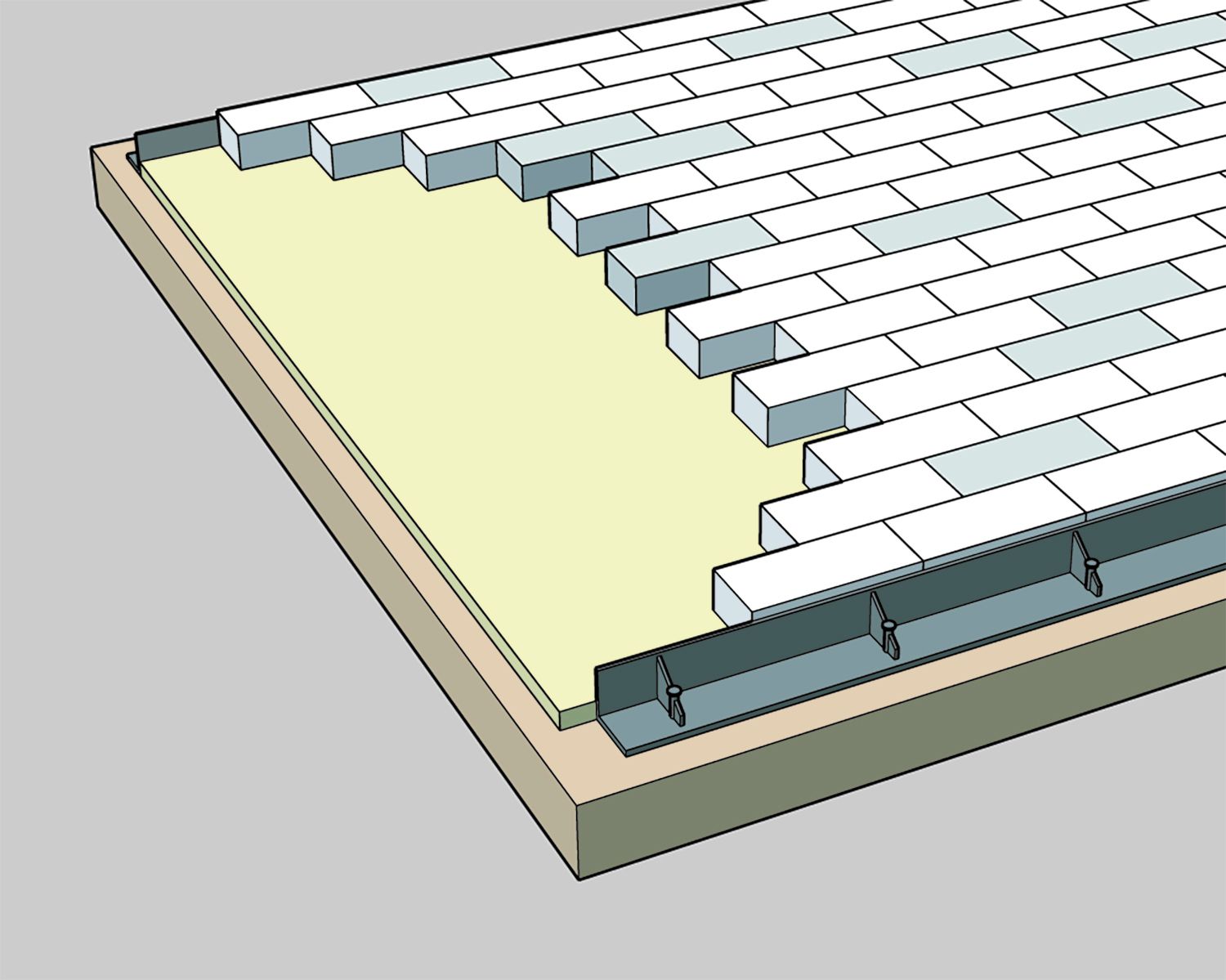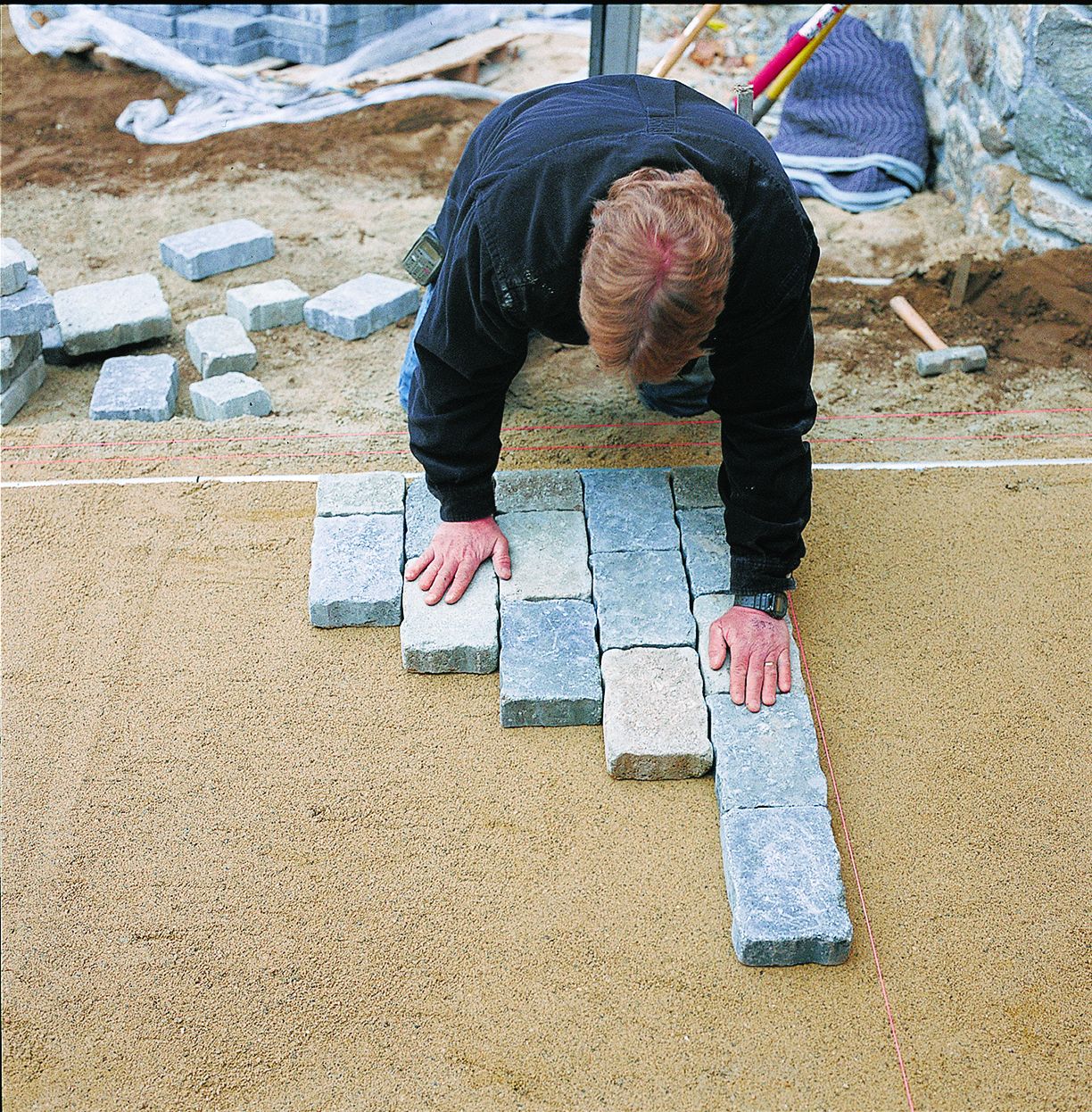Pavers are versatile, durable, and attractive landscaping features that come in various materials, shapes, and sizes. They’re easy to install, offer good drainage, and can transform your patio, outdoor walkways, or driveway. In this guide, we’ll explain how to install pavers, from the preparation phase to the final touches.
Types of Pavers
Choosing the right type of paver depends on your aesthetic preference and the specific requirements of your project. Concrete pavers are some of the most common type of paver, known for their strength and affordability. Natural stone pavers, such as granite, slate, and limestone, offer a more luxurious appearance, while brick pavers have a more classic look.
Advantages of Pavers
Because pavers are so versatile, homeowners can create unique designs that complement their outdoor spaces. Pavers are also resistant to cracking, which can be a common issue with solid concrete surfaces. Additionally, pavers provide excellent drainage due to the joints between individual pieces, reducing water runoff and preventing pooling. Their modular nature also makes it easier to repair or replace damaged sections.
Essential Tools and Materials for Paver Installation
Before you begin, gather all the necessary tools and materials to ensure a smooth installation process. When ordering pavers, add 10%–15% extra material to account for cuts and potential breakage. A cubic yard of paver bases covers about 108 square feet at a 3-inch depth. Talk to your supplier for accurate conversions if you’re ordering by weight.
Required Tools
- Circular saw
- Level
- Plate compactor
- Rake
- Rubber mallet
- Safety gear, such as gloves, goggles, and a dust mask
- Shovel
- String line
- Wheelbarrow
Necessary Materials
- Bedding sand
- Edge restraints
- Jointing sand
- Paver base, such as crushed stone or gravel
- Pavers
Preparing the Ground for Pavers
Before you install your pavers, prepare the ground for a stable and long-lasting foundation. As part of the prep work, level the ground and take any steps necessary for proper drainage.
Excavation Process
Mark the area for your paver installation. Excavate the marked area to a depth that accommodates the paver thickness, sand layer, and base material. Typically, this is about 6–8 inches deep for pedestrian areas and 8–12 inches for paver driveways.
Proper Drainage Considerations
Ensure the excavated area slopes away from your house to prevent any water from pooling. A slope of 1 inch per 4 feet is enough for most installations. In areas with poor drainage, you may need to install a perforated drainage pipe beneath the paver base.
Addressing Soil Issues
For clay soils that retain water, you may need additional drainage solutions. Sandy soils, while well-draining, might need stabilization with geotextile fabric to prevent erosion.
Creating a Solid Foundation
A solid foundation can prevent your pavers from settling and shifting over time. Two important elements of creating a foundation are laying a paver base and adding a layer of sand.
Laying the Paver Base
Spread a layer of paver base material over the excavated area that’s 4–6 inches deep for pedestrian areas and 6–8 inches deep for driveways. Compact the base material using a plate compactor, working in sections and making multiple passes.
Adding and Compacting Sand
Once you’ve finished the base, add a 1-inch layer of concrete sand. Level the sand using a screed board, then lightly mist with water and compact. This creates a smooth, even surface for laying the pavers.
Geotextile Fabric
Consider using geotextile fabric between the soil and paver base. This fabric prevents the base material from mixing with the soil, helping the finished product stay in place without eroding or slipping out of position. It also helps with drainage by allowing water to pass through while keeping soil particles out.
Setting the Edge: Importance and Techniques
Edge restraints and proper edging will help keep your pavers in place and prevent spreading. Install plastic or metal edging around the perimeter of your paver area, securing it with long landscaping spikes. For a more natural look, you can use concrete curbing or bury the first row of pavers.
Plastic edging is flexible and easy to work with, making it suitable for curved designs, while metal edging is durable and provides a sleek appearance. Concrete curbing offers a more permanent solution, blending seamlessly with paver surfaces.

Step-By-Step Paver Installation
After preparing the foundation, you can choose a paver pattern, start laying pavers, and making necessary cuts to the material.
Choosing a Pattern
Select a pattern that complements your space and minimizes cuts. A running bond pattern requires the fewest cuts and goes down the fastest. Other patterns, such as herringbone or basket weave, may require additional cutting and fitting, but they provide a more intricate, delicate final product.
Laying the Pavers
After choosing a pattern, start laying pavers from a corner or along a straight edge. Place each paver snugly against each other, using string lines to ensure straight rows. Avoid walking on the sand bed and work from the laid pavers, instead.
Cutting Pavers for a Perfect Fit
If you need to cut pavers around edges and curves, ark the cutting line and use a circular saw with a masonry blade to make the cuts. Always wear appropriate safety gear when cutting pavers.
Tips for Efficient Laying
To create a consistent and cohesive pattern during paver installation, consider the following tips:
- Maintain a consistent gap between pavers for uniformity.
- Use plastic spacers for extra stability.
- Periodically check the level and alignment of the pavers using a string line and level.
- Adjust the pavers as necessary to keep the layout even and visually appealing.
Finishing Touches
After laying all the pavers, add a few finishing touches to finalize your installation.
- Compact the finished surface: Use a plate compactor with a rubber mat attachment to vibrate the pavers, settling them into the sand bed and filling the joints. Add more sand as needed and repeat the process until you’ve filled all joints.
- Fill joints with sand: Spread mason’s sand over the paver surface, sweeping it into the joints between pavers. This process, known as sanding, helps lock the pavers in place.
- Perform a final inspection: Conduct a thorough inspection of the finished surface. Check for any uneven areas or pavers that may have shifted during compaction. Make any necessary adjustments to ensure a smooth, level surface.
Sealing Your Pavers: Pros and Cons
Sealing your pavers can enhance their appearance and provide protection, but it may not be necessary depending on your situation.
Benefits of Sealing
Sealing can prevent staining, inhibit weed growth, and stabilize joint sand. It’s particularly beneficial for areas around pools to keep grit out of pumps.
Potential Drawbacks
While sealing offers several benefits, sealed surfaces may become slippery when wet, posing a hazard in areas with heavy foot traffic. Additionally, the initial cost of sealing and ongoing maintenance may not be suitable for your paver installation budget.
How To Apply Sealant
If you choose to seal your pavers, clean them thoroughly and allow them to dry completely. Apply a penetrating sealer using a garden sprayer or roller, following the manufacturer’s instructions. You may need to reapply the sealer every few years to maintain its effectiveness.
Troubleshooting Common Paver Installation Issues
Even with careful planning, you may encounter issues during or after installation. Common problems include uneven settling, weed growth, or efflorescence, a condition where white, powdery deposits appear on the paver surface. You can resolve most issues by adjusting the base, applying polymeric sand, or using specialized cleaners.
Uneven Settling
If you haven’t properly compacted the base or sand layer, uneven settling can occur. To fix this, remove the affected pavers and adjust the base material. Re-lay the pavers and compact the surface again to achieve an even finish.
Weed Growth and Efflorescence
To combat weed growth, use polymeric sand in the joints, which hardens and prevents weeds from taking root. Efflorescence, caused by soluble salts rising to the surface, can be treated with a specialized efflorescence cleaner. Regular maintenance and good drainage practices also help minimize these issues.
Maintaining Your Paver Installation
Regular maintenance will keep your pavers looking great for years. Sweep regularly to remove debris, and occasionally rinse your pavers with a hose. For tougher stains, use a paver-specific cleaner. Periodically check for loose or sunken pavers, and replace them as needed.
Seasonal Care
In colder climates, protect your pavers during winter by avoiding harsh de-icing chemicals. Opt for sand or cat litter to improve traction without damaging the pavers. In warmer climates, look for signs that your pavers have faded. If you notice water seeping through the paver, color fading, visible damage, or discoloration, you can replace the pavers or reseal them with a UV-protective sealer.
Ongoing Inspection
Regularly inspect your pavers for any signs of wear or damage. Addressing minor issues promptly can prevent more extensive repairs in the future. Keep an eye on the edging and joints to ensure they remain intact and secure.
Our Conclusion
Installing pavers is a rewarding DIY project that can enhance your outdoor living space. While it requires careful planning, the result is a durable, attractive surface that can last for decades with regular maintenance.
Remember that proper preparation is key to a successful paver installation. Take your time with each step, especially the base preparation and leveling. If you’re unsure about any part of the process, don’t hesitate to consult with a professional or consider hiring experts for concrete paver installation.

